Cycling demands more than just leg power. A strong, stable core is essential for maintaining posture, transferring power efficiently, and reducing fatigue—especially on long rides. While static stretching has its place, dynamic stretching offers a more functional approach by preparing your muscles for movement. This guide explores 18 science-backed dynamic stretches that enhance core stability, tailored specifically for cyclists.
Your core includes not just your abs, but also your lower back, hips, and pelvic floor. During cycling, these muscles work together to stabilize your torso, allowing for efficient pedaling and balance. Weak core stability can lead to lower back pain, poor posture, and reduced endurance.
Dynamic stretching activates these muscles through movement, improving neuromuscular coordination and blood flow—making it ideal as part of a warm-up routine before hitting the saddle.
Unlike static stretches, dynamic stretches involve controlled motions that mimic activity patterns. They help:
For cyclists, this means better control on rough terrain, improved aerodynamics, and reduced strain on the lower back.
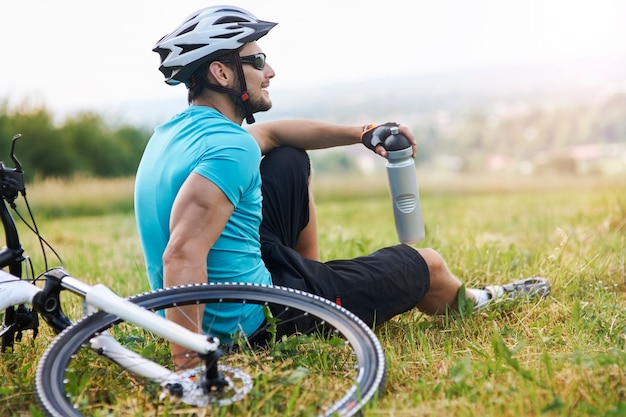
Moves the spine through flexion and extension, engaging deep core stabilizers.
Improves balance and activates the transverse abdominis while promoting spinal stability.
Trains anti-extension, crucial for maintaining a neutral spine during long rides.
Engages obliques and improves rotational mobility—key for handling turns and sprints.
Activates hip flexors and engages core to maintain balance.
Targets hip abductors and adductors while challenging lateral core stability.
Combines lower body activation with rotational core engagement.
Elevates heart rate and forces core activation to stabilize the pelvis.
Improves hamstring flexibility and requires core control to avoid arching the back.
A full-body movement that strengthens shoulders and deeply engages the core.
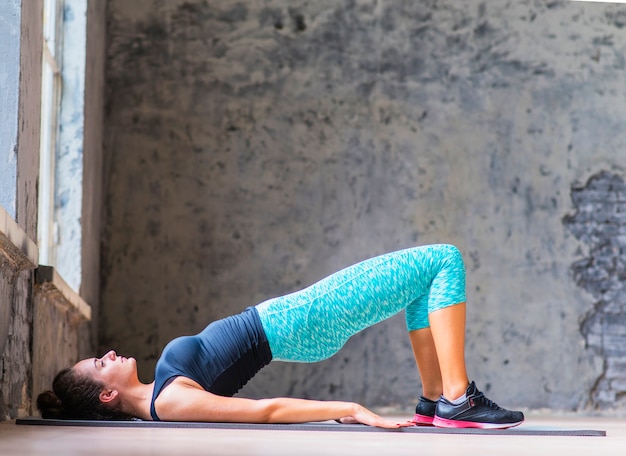
Targets obliques and improves lateral stability, which helps during cornering.
Loosens tight hips and forces core engagement to maintain upright posture.
Enhances thoracic mobility, reducing strain on the lower back during aerodynamic positioning.
A high-intensity move that builds endurance in the core and hip flexors.
Transitions through multiple planes, engaging deep core muscles and improving shoulder stability.
Teaches control during hip flexion, preventing excessive lumbar arching.
Adds resistance to challenge core stabilization during leg movement.
Activates glutes and deep core muscles, supporting pelvic alignment on the bike.
Every cyclist has different flexibility and strength levels. To adapt:
Incorporate these stretches into your pre-ride warm-up (5–10 minutes) or as part of a standalone mobility routine 3–4 times per week.
Dynamic stretching is a powerful tool for cyclists seeking better core stability, improved performance, and injury prevention. By integrating these 18 movements into your routine, you’ll build a stronger, more resilient core that supports every mile you ride.
Consistency and proper form are key. Start slow, focus on control, and gradually increase intensity as your stability improves.

Fitness

Fitness

Fitness

Fitness
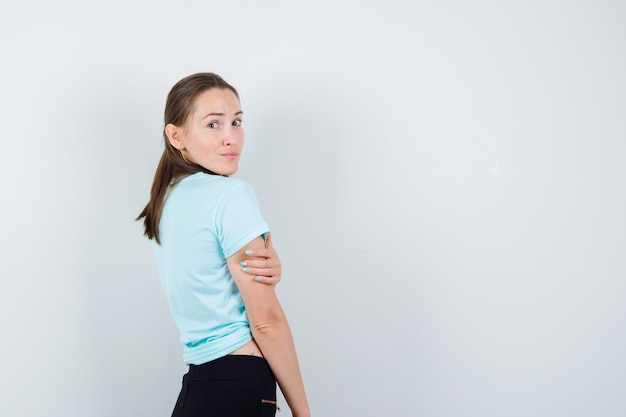
Wellness

Fitness
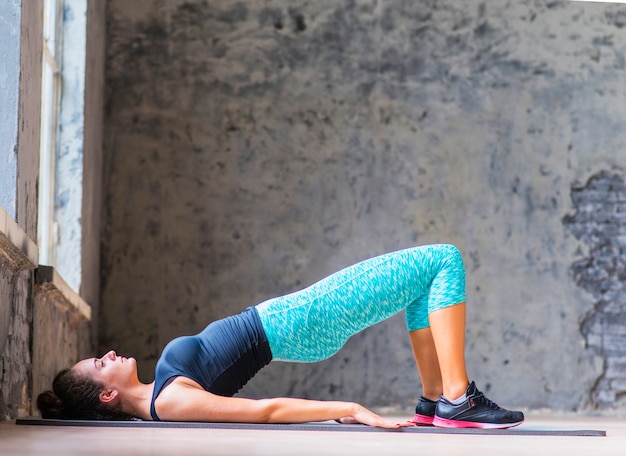
Fitness

Fitness

Fitness

Fitness

Fitness
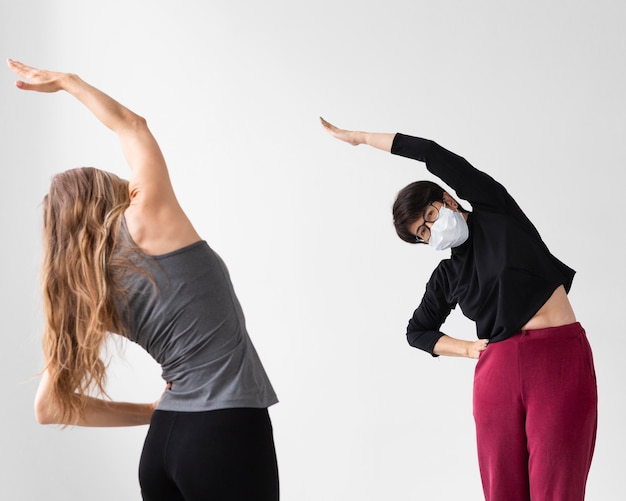
Fitness

Health

Fitness

Health

Health